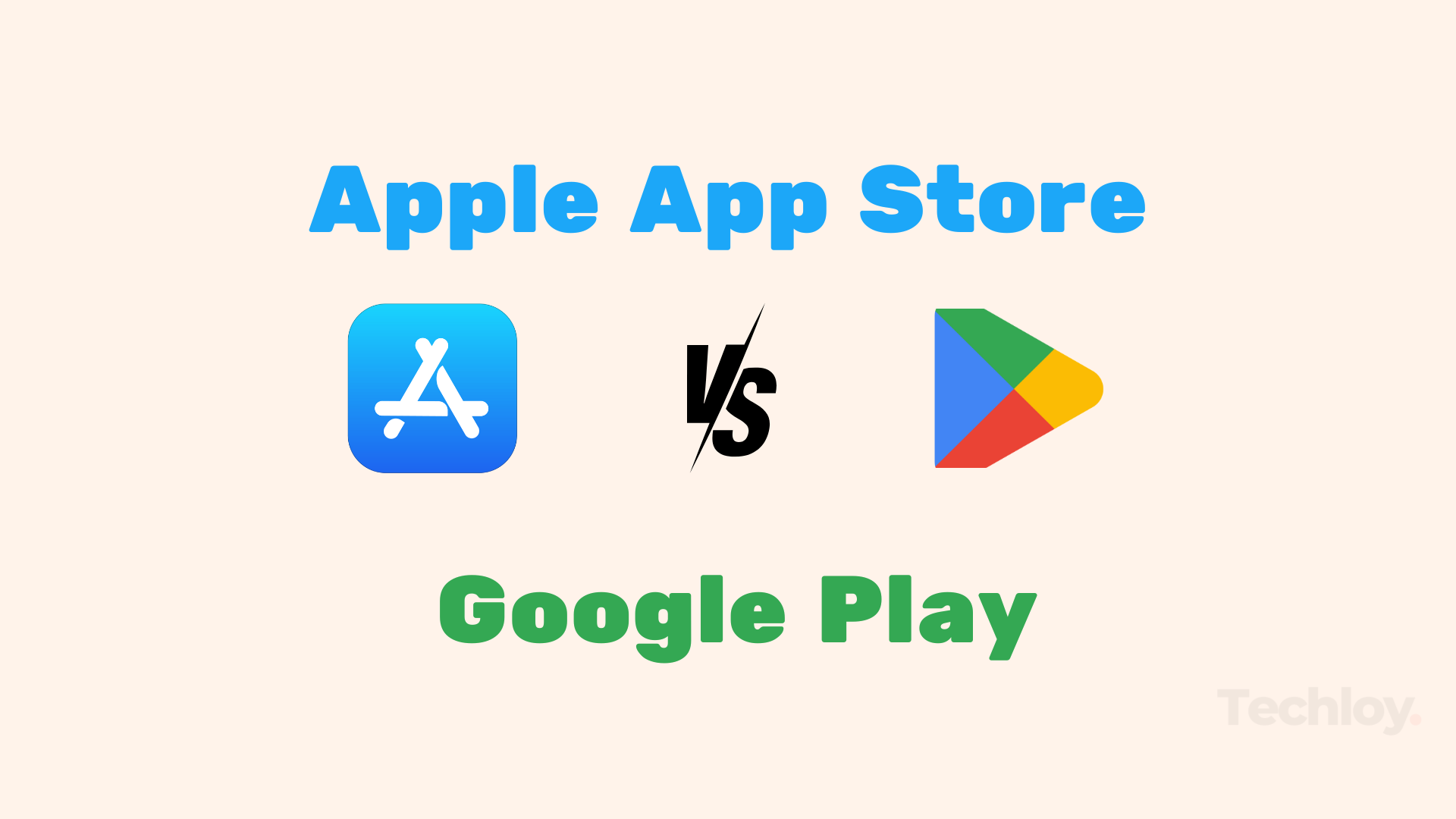INFOGRAPHIC: App Store vs Google Play
Both applications have their strengths and weaknesses in catering to different types of developers and users. But which is best for you?

In mobile applications, the Apple App Store and Google Play Store stand as the two giants where developers showcase their creations to billions of users worldwide.
While they share many similarities, they also have distinct differences that influence how apps are designed, monetized, and discovered.
This article provides a detailed comparison of the App Store and Play Store, focusing on design and quality, functionality, visibility, revenue and growth, number of apps, App Store Optimization (ASO), and costs and monetization.
1. Design and Quality
Apple’s App Store is known for its stringent design guidelines, ensuring that apps adhere to high-quality standards. The review process is always thorough, requiring developers to fix issues or improve designs before their apps are approved. This results in a marketplace where users expect a certain level of polish and reliability.
On the other hand, Google’s Play Store offers more flexibility in design, allowing developers to choose a broader range of app styles. While Google has its guidelines, they are generally less strict than Apple's. This leads to a wider variety of apps in terms of quality, though it also means that some lower-quality apps may slip through the review process.






